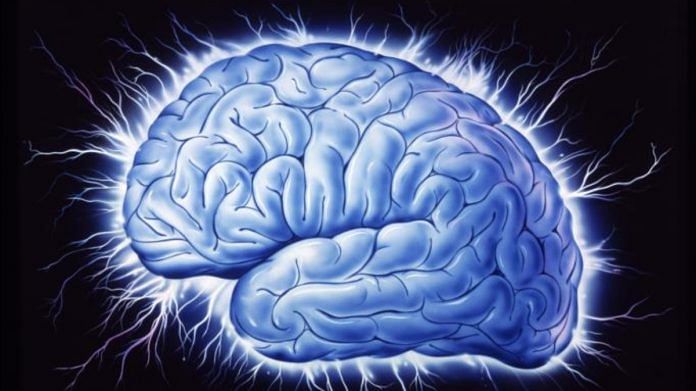Bengaluru: DNA damage in the brain and its subsequent repair helps cement long-term memories, a new American study conducted on adult mice has found.
The peer-reviewed study, conducted by scientists from the Albert Einstein College of Medicine in New York and published in the journal Nature on 27 March, shows that when long-term memory forms, some neurons in the brain experience such strong electric pulses that their DNAs snap and break.
This triggers an immune system response, which causes inflammation and eventually helps repair the damage to cement long-term memory, the study shows.
This is the first time DNA damage has been associated with long-term memory. Typically, breaks and damage in both strands of the DNA are associated with all kinds of diseases in the body.
However, DNA damage in the brain has also previously been associated with learning.
The study is also significant on another count. Diseases like Alzheimer’s — an advanced form of dementia — are already known to progress due to protein buildup in neurons. The new findings suggest that it is this system of DNA damage and repair that malfunctions and leads to a buildup of errors in people with such neurodegenerative diseases.
Also Read: Legilimency for Muggles! New language decoder can read your private thoughts non-invasively
Understanding DNA damage
To understand what role known DNA damage plays in memory formation in the brain, the team trained adult mice to be afraid of a specific type of environment. For this, they gave the rodents a small electric shock, which eventually triggered a fear response when exposed to that environment.
The team then examined the gene activity in the hippocampus — the part of the brain that is believed to be crucial to memory — and found that four days after the electric shocks were given, genes responsible for inflammation were suddenly present in a group of neurons.
However, three to four weeks later, the genes that cause inflammation were fewer in numbers, indicating that DNA strands had been repaired and the rodents’ long-term memories of electric shocks were formed.
During the study, researchers from the Albert Einstein College of Medicine were able to identify a particular protein called TLR9, which they claimed was responsible for triggering the immune response to DNA fragments. But in this case, as there is no infection, the immune cells aren’t required to fight off a foreign body. Instead, the subsequent healing and recovery process alone takes place, fixing the DNA damage.
When the researchers genetically edited mice to remove the TLR9 protein, they found that the animals had trouble remembering their training and were less afraid when exposed to the shock-generating environment, indicating no long-term memory formation.
There was also one finding that perplexed the scientists. They discovered the involvement of a small cellular structure called centrosome in DNA repair.
While centrosomes serve a multitude of cell functions, their main purpose is to help in cell division. However, since adult neurons are not known to undergo mitosis — or division — researchers are puzzled about its role in DNA repair.
The study has thrown up other questions too, many of them connected to the details of how the DNA breaks occur and whether this process occurs beyond the hippocampus in other parts of the brain as well, researchers said.
(Edited by Uttara Ramaswamy)
Also Read: Potential ability of exercise to reverse Alzheimer’s striking, finds new US study



